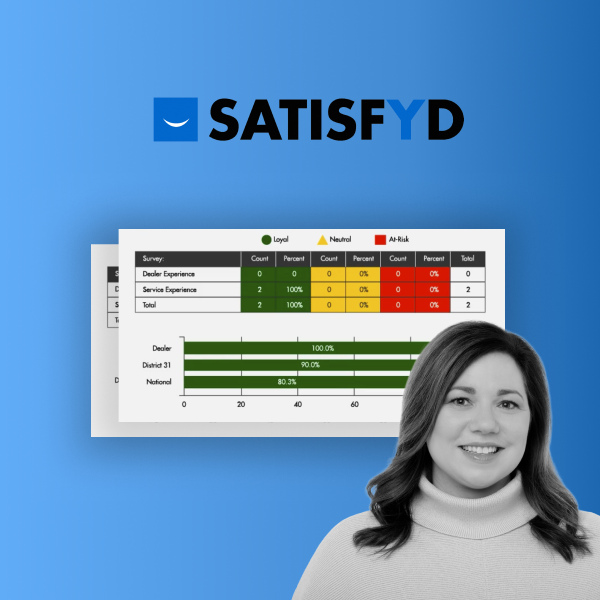Having worked with business intelligence (BI) and analytics for many years, one thing continues to puzzle me: why do we invest so much effort into analyzing, designing, and developing data warehouses or platforms, but give far less attention to the choice of BI frontend?
After all, the front end makes all the difference when it comes to actually communicating and using data.
No single frontend is right for everyone, but there is a right one for your organization. And that choice should be anchored in your overall data strategy. Many of us see four core pillars in such a strategy:
- People
- Processes
- Technology
- Data
The frontend is often linked to People, which makes sense: it should be intuitive, modern, and tailored to users’ needs. But that’s far from the whole picture.
The frontend also needs to support the Processes that are critical to the organization, and that’s not just about dashboards. In a data-driven organization, it may be just as crucial that the frontend supports webhooks, deep links to entities in other systems where actual follow-up happens, or agents that monitor and notify users about anomalies or deviations from targets.
Your frontend choice can’t be seen in isolation from the rest of your Technology stack. Some tools offer built-in data modelling and self-service capabilities that can reduce the need for more expensive technologies or external consultants. But these features also carry risks – for example, they may compromise naming conventions or security models if not properly governed. The frontend choice must align with your overall governance model and tech ecosystem.
In a modern, data-driven organization, Data is considered a strategic asset. That means infrastructure, data quality, and security are about generating, maintaining, and safeguarding an asset designed to create value. Frontend tools rarely play a role in data production, but their ability to communicate data effectively has a significant impact on whether data actually becomes that strategic asset.
Back to People: are your colleagues the only users of the solution – or do external stakeholders also need access? Will data be presented on a public website, or delivered through distributed reports? The answers to these questions should absolutely influence your frontend decision.
There’s no shortage of questions to ask – or factors to weigh. It’s tempting to rely on online comparison tools when evaluating new platforms. But how helpful are these tools, really?
Many of the most popular comparison sites base their evaluations on a relatively narrow set of parameters. As a result, they often fail to address the aspects that truly matter to your business. Others take a broader approach, listing an overwhelming number of tools – but this raises an important question: Has each tool actually been assessed in sufficient depth? And are those assessments being maintained as new versions are released?
Comparison tools can be useful, but they should be used with care. A sound decision requires more than a quick table – it requires insight, context, and a clear understanding of both needs and alternatives.
That’s exactly why we developed Frontend Compare – a focused evaluation tool that includes the key parameters and is limited to the frontend platforms we encounter most often and know best: Power BI and TARGIT.
Frontend Compare is not just a scoring matrix of product strengths. Each rating is backed by reasoning and updated at least twice a year to ensure that the foundation for decision-making remains current and transparent.
The tool’s 50+ parameters are divided into seven categories:
- Administration and Security
- Usability
- Data Modeling and Integrations
- Product and Support
- Reporting and Analytics
- Sharing and Distribution
- Platforms
Administration and Security includes parameters such as security modeling and access control, content organization/exposure, logging and monitoring, and user management.
The tool allows users to weigh the importance of both parameters and the overall categories.. This enables a more tailored overview based on the customer’s needs and priorities, for example, in relation to functional requirements, data strategy, and governance.
To support the decision-making process, the tool also includes explanations for each rating, helping users understand the rationale behind each score and use it as input for their own prioritizations.
It is recommended that such an assessment be conducted in a workshop, which typically takes less than two hours when the right participants are present. These usually include a frontend specialist from the vendor, both technical and business stakeholders, and a DPO or other security professional responsible from the customer’s side.
Bottom line: Frontend is not just about user interface preferences. It’s a strategic choice that deserves the same level of attention as the rest of your BI platform, whether you're implementing a new solution or optimizing an existing one. While comparison tools can support the decision process, a healthy dose of skepticism is essential – many tools lack completeness and transparency in how their ratings are derived.






